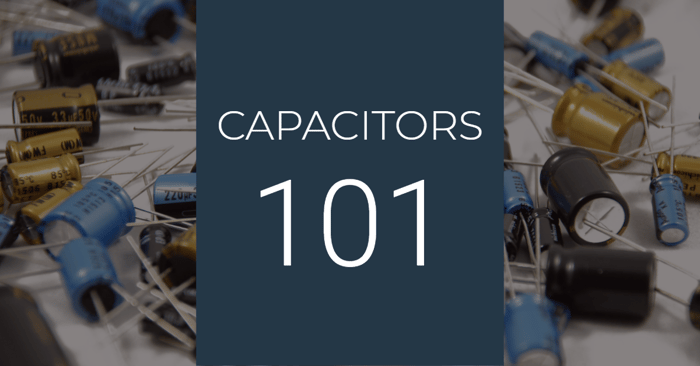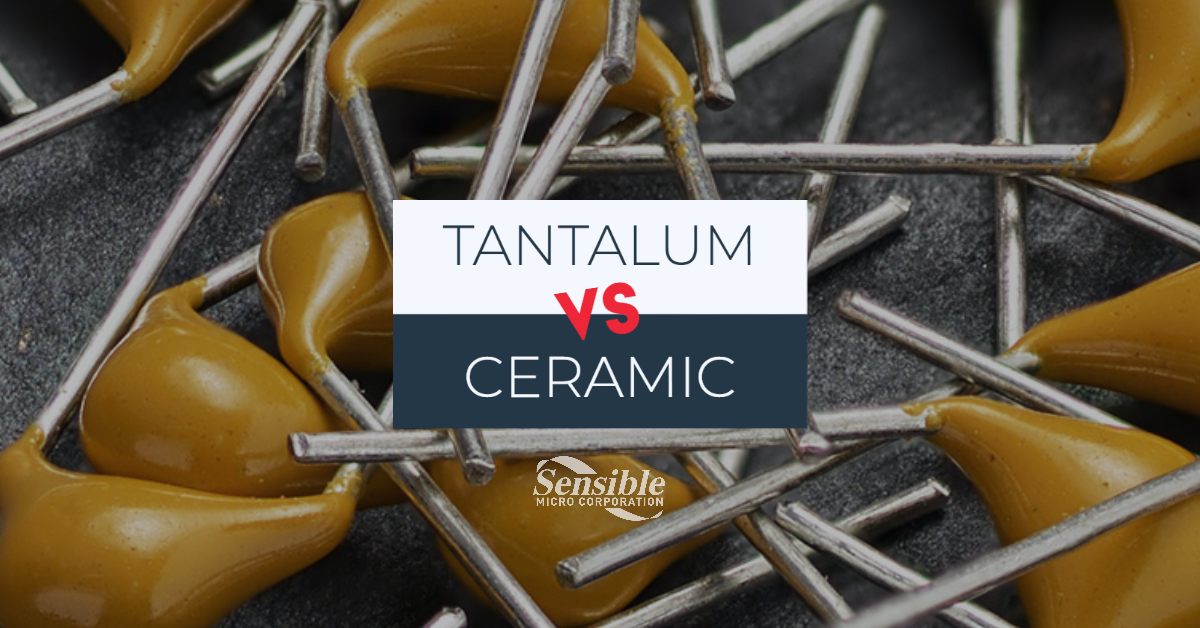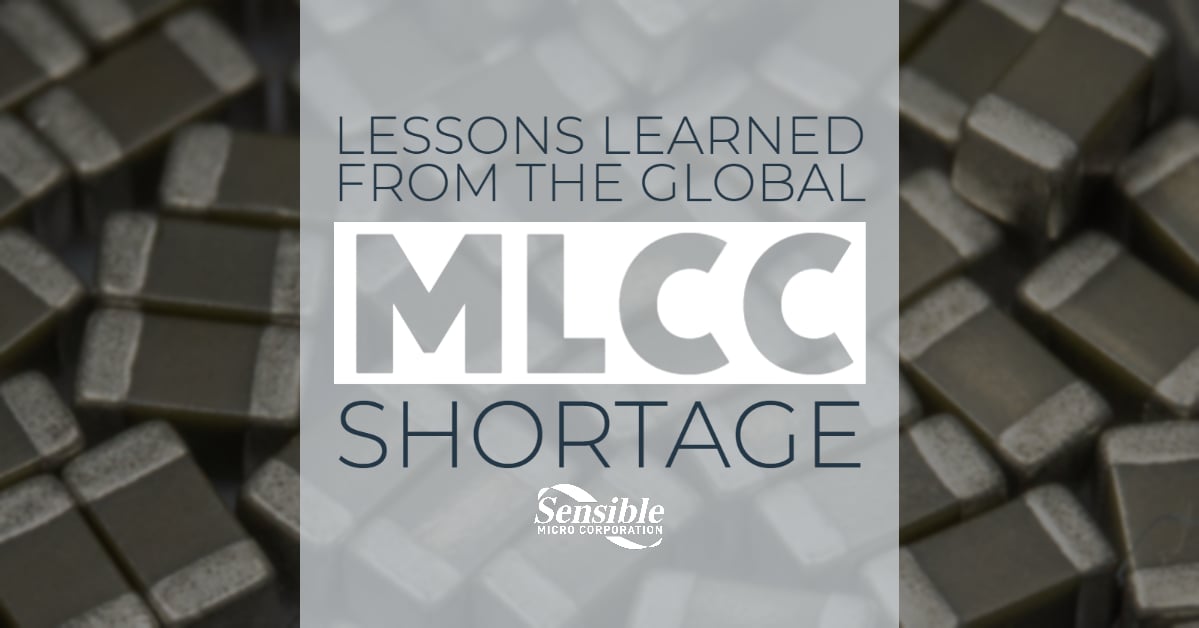Capacitors are known to many electronic engineers as a “workhorse” component of an electrical circuit. These passive, two-terminal components were once known as “condensers” because the early precursors of the modern component were used as far back as the 18th century to condense steam in steam engine designs. As technology has advanced over the centuries, there has been a multitude of capacitor types developed for use in a wide range of electrical circuits across all industries.
From tiny PCB mounted capacitors used in personal electronic devices to large supercapacitors used in hybrid electric vehicles, capacitors come in all kinds of shapes and sizes. For OEM and EMS businesses looking into buying capacitors for their projects, it will be helpful to know what types of capacitors are available on the market, and how these capacitors would best be used in electrical design. Here is our high-level guide on the fundamentals of choosing and buying capacitors.
Electrolytic Capacitors
Also known as electrolyte capacitors or an “e-cap”, these types of capacitors are used when a large value of capacitance is needed, such as in DC power supply circuits. Electrolytic capacitors usually come in three distinct forms: aluminum electrolytic capacitors, tantalum electrolytic capacitors, and niobium electrolytic capacitors. These capacitors are unique because instead of using thin metallic layers on both electrodes, a jelly or paste semi-liquid solution is usually used as the cathode.
Electrolytic capacitors are polarized, with clear marking indicating positive and negative terminals. The dielectric, or the insulating layer of the capacitor, is made of an oxide film less than 10 microns wide. Because of their large capacitance and small size, electrolytic capacitors are widely used in DC circuits to reduce ripple voltage. Since electrolytic capacitors are mostly polarized, they have a relatively low voltage rating and cannot be used in AC supplies.
Mica Capacitors
These types of capacitors got their name from the natural, crystalline minerals like Muscovite and phlogopite used in their composition. Over the years, clamped mica capacitors have become obsolete with silver mica capacitors being the main type of mica capacitor on the market. Silver mica capacitors are some of the most stable and reliable capacitors in use due to the mica mineral layers sandwiched throughout the component.
Silver mica capacitors are constructed in a way that eliminates air gaps between the mica and silver layers, protecting them from moisture and corrosion, while providing a consistent capacitance value that rarely fluctuates. They are known to have a low capacitance value while showing low losses, making stability its key characteristic.
These types of capacitors are used in power radio frequency circuits and high frequency tuned circuits like filters and oscillators. While they are some of the most stable capacitors on the market, they are also some of the most costly. They can be substituted in some circuits with class 1 ceramic capacitors, but in some applications like in RF transmitters, they cannot be substituted.
Paper Capacitors
As the name indicates, these types of capacitors use paper as the dielectric layers sandwiched between strips of metal foil conductors such as aluminum. To protect the dielectric from corona effects and flash-overs, the paper is often soaked in oil or wax. However, there are other types of paper capacitors like metalized paper capacitors that use coats of metals like zinc or copper to protect the paper dielectric layer.
Paper capacitors are ideal for offering a fixed amount of capacitance to a circuit. Thus they are used in high voltage and high current applications like in RF transmitters and receivers. These types of capacitors are cost-effective but are prone to damage due to the porous nature of paper which can absorb water vapor from the air. Metalized paper capacitors are better able to withstand environmental effects but cost more per unit.
Film Capacitors
These types of capacitors are constructed similarly to paper capacitors, but the dielectric layer is made of a plastic film instead. These types of capacitors are largely used as substitutes to paper capacitors because they are more stable and able to withstand environmental factors. Film capacitors come in two different classifications: film-foil capacitors and metalized film capacitors.
In the film-foil variety, the dielectric layers are usually made of polyester, polypropylene, polyethylene terephthalate, or polyphenylene sulfide plastics with electrodes made of aluminum sheets. In metalized film capacitors, the aluminum electrodes are substituted with a layer of metal that has been vacuum deposited on the plastic film layer. This allows metalized film capacitors to be more compact, making them ideal for a circuit with low currents and high impedance.
Ceramic Capacitors
These types of capacitors are most commonly used in personal electronic devices. Ceramic capacitors have been the talk of the semiconductor industry because the market is currently a world-wide multilayer ceramic capacitor shortage. That said, ceramic capacitors come in single layer disc ceramics and multilayer (MLCCs) varieties. The dielectric layers of these capacitors consist of ceramic materials with several types of geometries in use. MLCCs are in high demand because they are used in personal computing devices like smartphones and laptops. Along with electrolytic capacitors, ceramic capacitors are the most commonly used types of capacitors on the market.
Buying Capacitors
Capacitors come in all types of shapes and sizes, and can sometimes be hard to track down due to shortages. Sensible Micro has a reliable network of suppliers and can source a wide variety of electronic components, including all types of capacitors. We are also able to provide our customers with customized stocking and scheduling packages that will cut back on component lead times and safeguard from shortages. Not to mention our on-site component testing and inspection lab that ensures quality shipments every time. Need capacitors? Speak to one of our sourcing experts today.



















